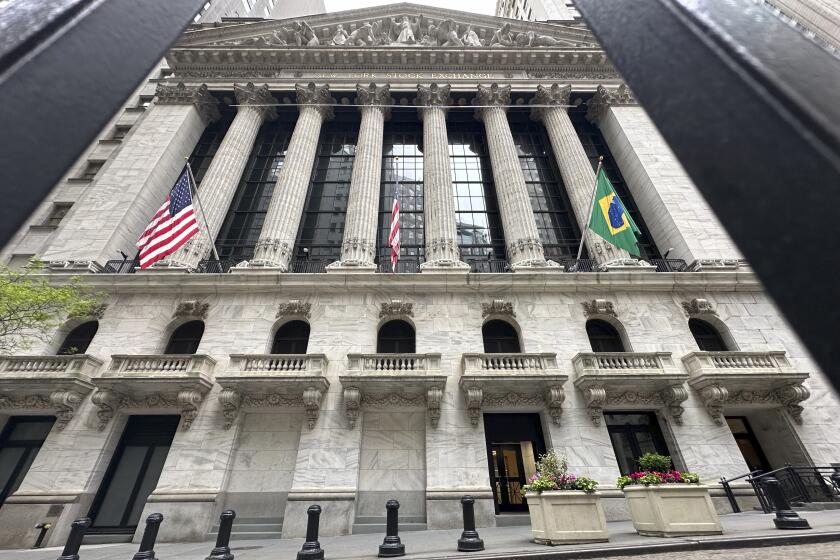Truth in Lending: What Good Does It Do?
Question: How does Truth in Lending help mortgage borrowers?
Answer: The idea behind the Truth in Lending Statement mandated by the Federal Reserve is to require lenders to provide one uniform set of price disclosures that are consistent from loan to loan, and from lender to lender. Then consumers can compare prices across loan types and across lenders. Unfortunately, the price information in the TIL makes little economic sense and is incomprehensible to most consumers.
When I comparison shop for a $200,000, 30-year, fixed-rate mortgage, for example, here is what I want to know:
Interest rate: 7%.
Total upfront credit charges expressed as a percent of loan: 1% or $2,000.
Total upfront credit charges expressed as dollars: $3,550.
Interest cost over the expected life of the mortgage (seven years): 7.53%.
I want the interest rate because that determines my credit cost every month I have the loan, and I want the credit charges because that’s what I must pay out of my pocket now. The breakdown of credit charges between those expressed as a percent of the loan and those that are a fixed number of dollars tells me how much more or less I would pay upfront if I change the loan amount.
In addition, I want a single measure of interest cost that takes account of both the rate and the upfront credit charges over the period I expect to have the mortgage. (Since the upfront charges must be spread over the life of the
loan, my interest cost is lower the longer I expect to have the mortgage.) This is the best measure to use in comparing different types of mortgages or in shopping mortgages from different sources.
If it was an adjustable-rate mortgage, I would need more information, but I’ll leave that for another day.
Assuming the same loan, here is about what I would find on the TIL:
Total payments: $479,020. This is the monthly payment of $1,330.61 multiplied by the term of 360.
Amount financed: $194,450. This is the loan amount of $200,000 less “prepaid finance charges” of $5,550. This assumes that prepaid finance charges include all upfront credit charges, which is not, in fact, the case as explained below.
Finance charge: $284,570. This is the sum of all interest payments over 360 months (total payments of $479,020 minus $200,000 of principal repayments) plus the prepaid finance charges of $5,550.
APR (annual percentage rate): 7.28%. This is interest cost calculated over 30 years rather than over the seven years I expect to have my mortgage.
The first three numbers are useless for comparing loans of different types or for shopping different loan providers. For example, the “finance charge” gives the same weight to dollars paid in interest in the 30th year as dollars paid at closing. TIL doesn’t show the interest rate, probably because of a presumption that the APR makes it unnecessary.
The APR is supposed to be a shopping tool, but unfortunately it has serious flaws. While logic dictates that all upfront charges that a borrower would not have in an all-cash transaction should be included in the APR, this is not the case. Fees covering such items as credit reports, appraisals, document preparation and pest inspections are excluded by most lenders, although not by all. I have found numerous inconsistencies between lenders in what is and what is not included in the APR.
The second deficiency of the APR is that it is calculated over the life of the loan, even though more than 90% of all borrowers sell their house or refinance their mortgages before term. This can lead borrowers with relatively short time horizons astray.
For example, suppose my $200,000, 30-year loan at 7% plus $5,500 is also available at 6.5% and $11,500. Which is better? The APRs calculated over 30 years are 7.08% for the 6.5% versus 7.28% for the 7%, suggesting that the 6.5% loan is better. But calculated over seven years, interest cost is lower on the 7% loan--7.53% versus 7.61%.
But the TIL is not totally worthless. It warns you if there is a prepayment penalty on your loan. It doesn’t tell you what it is, but it does warn you.
*
Jack Guttentag is a syndicated columnist and professor of finance emeritus at the Wharton School of the University of Pennsylvania. Questions or comments can be left at https://www.mtgprofessor.com. Distributed by Inman News Features.






